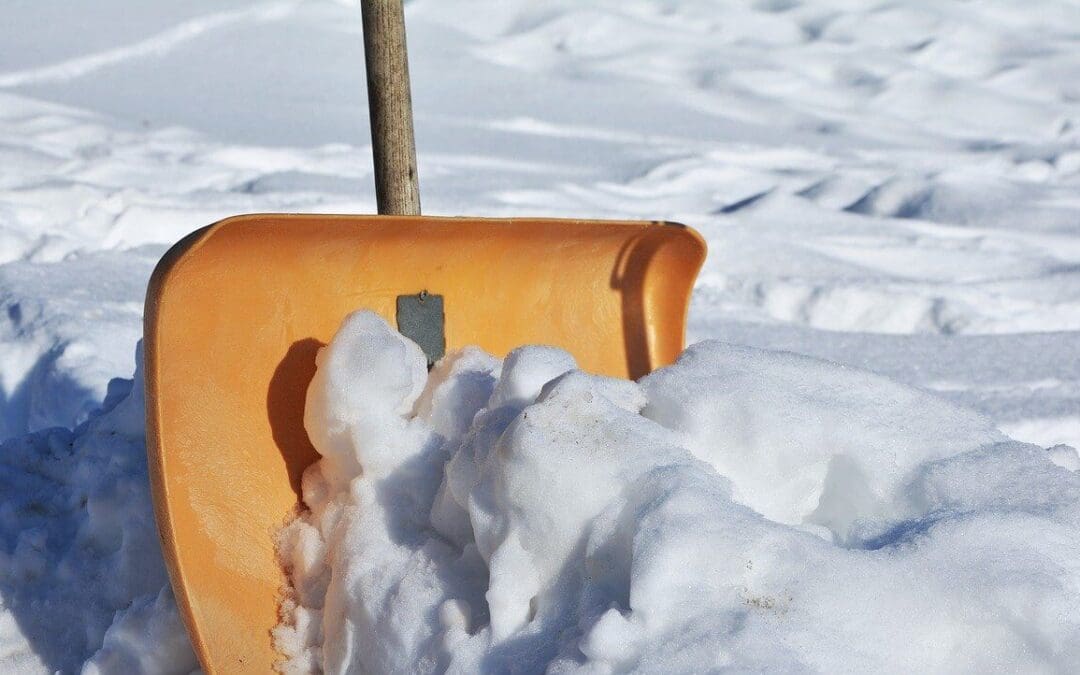Winter brings with it a host of charming activities, cozy nights by the fire, snow days, and holiday cheer. But the season also introduces significant risks to your home and family, including fire hazards, carbon monoxide exposure, plumbing emergencies, and dangerous slips. Guaranteeing comprehensive winter safety requires a proactive approach, moving beyond simple aesthetics to focus on preparation, prevention, and vigilance. By dedicating time to address these seasonal challenges now, you will confidently protect your property, minimize stress, and truly enjoy the beauty of the colder months.
The Core Winter Safety Concerns
The most critical aspects of winter safety involve mitigating the risks of fire and carbon monoxide (CO) poisoning, which increase dramatically when furnaces and fireplaces are running constantly. Carbon Monoxide (CO} is an odorless, invisible, and lethal gas produced by combustion appliances like furnaces, water heaters, and fireplaces. Your CO alarms must be functional and placed strategically near sleeping areas and on every level of the home. Test these alarms monthly, as these devices are the only line of defense against this silent killer.
Before turning on the furnace for the season, change the filter to guarantee efficient and safe operation. If you use a fireplace, have the chimney professionally inspected and cleaned annually to remove creosote, a highly flammable residue that is the leading cause of chimney fires. Always use a sturdy screen to contain sparks, and never burn anything other than seasoned wood. Following these guidelines is fundamental to maintaining safety.
Protecting Your Home from Costly Winter Safety Failures
Frozen and burst pipes are arguably the most common and costly residential disasters of the cold season. Protecting your plumbing is vital. Start outside by completely draining and disconnecting all garden hoses from exterior spigots. If your outdoor faucets have separate shut-off valves inside the house, turn them off and open the exterior faucet to relieve any remaining pressure. This prevents ice formation in the pipe that could cause a break.
Indoors, pay close attention to pipes located in unheated areas, such as basements, crawl spaces, and garages. Apply foam pipe insulation sleeves, which are inexpensive and easy to install, to these vulnerable lines. During extreme cold snaps, leave a thin trickle of water running overnight from a faucet on an outside wall to keep the water moving, which helps prevent freezing. This simple trick is an old but effective element of winter safety.
Navigating Winter Safety Hazards Outdoors
Icy steps, sidewalks, and driveways pose a major threat, not just to you and your family, but also to visitors and mail carriers. Preventing falls is a crucial component of your winter exterior safety plan. Be diligent about shoveling snow and ice promptly. Always apply salt, sand, or an environmentally safe de-icer to your steps and walkways immediately after precipitation. Maintaining clear and treated pathways minimizes slip hazards significantly. Check that all exterior lighting is functioning properly. A dark walkway is an invitation for an accident. Replace old bulbs with high-efficiency LEDs and consider installing motion-sensor lighting around entry points and driveways.
Risks for Your Roof
While heavy snow is picturesque, it may pose a threat to your roof and lead to serious water damage. Understanding the risks associated with snow accumulation is necessary for prevention. Ice dams occur when heat escapes from your attic, melts the snow on the roof, and the water then refreezes at the cold eaves. This ridge of ice prevents meltwater from draining, causing it to back up under the shingles. Ensure your attic is properly insulated and ventilated to keep the roof surface cold, which prevents the snow from melting in the first place. If you live in an area prone to very heavy snowfall, monitor the accumulation. Wet, heavy snow puts immense stress on the roof structure. If accumulation becomes excessive, consider hiring a professional to remove the snow load to protect your home safely. Thinking proactively about your home’s structural health is the ultimate commitment to winter safety.
Frequently Asked Questions (FAQs)
How low should I set my thermostat to save money but remain safe when I’m away?
To balance energy savings and winter safety, set your thermostat no lower than 60 degrees. This is warm enough to prevent interior pipe freezing while maximizing energy efficiency.
Does using a space heater compromise winter safety?
Space heaters are safe only when used correctly. Never leave them running unattended or near flammable materials.
How often should I test my Carbon Monoxide detector for winter safety?
You should test your detector monthly using the test button and replace the batteries annually.
What kind of salt or de-icer is best for my driveway?
Look for de-icers labeled “pet-safe” or “concrete-safe.” Standard rock salt could damage concrete and landscaping.
Appalachian Inspection Services provides comprehensive home inspection services to homebuyers and sellers in Asheville, NC, and the surrounding areas. Contact us to schedule an appointment.

